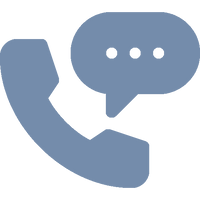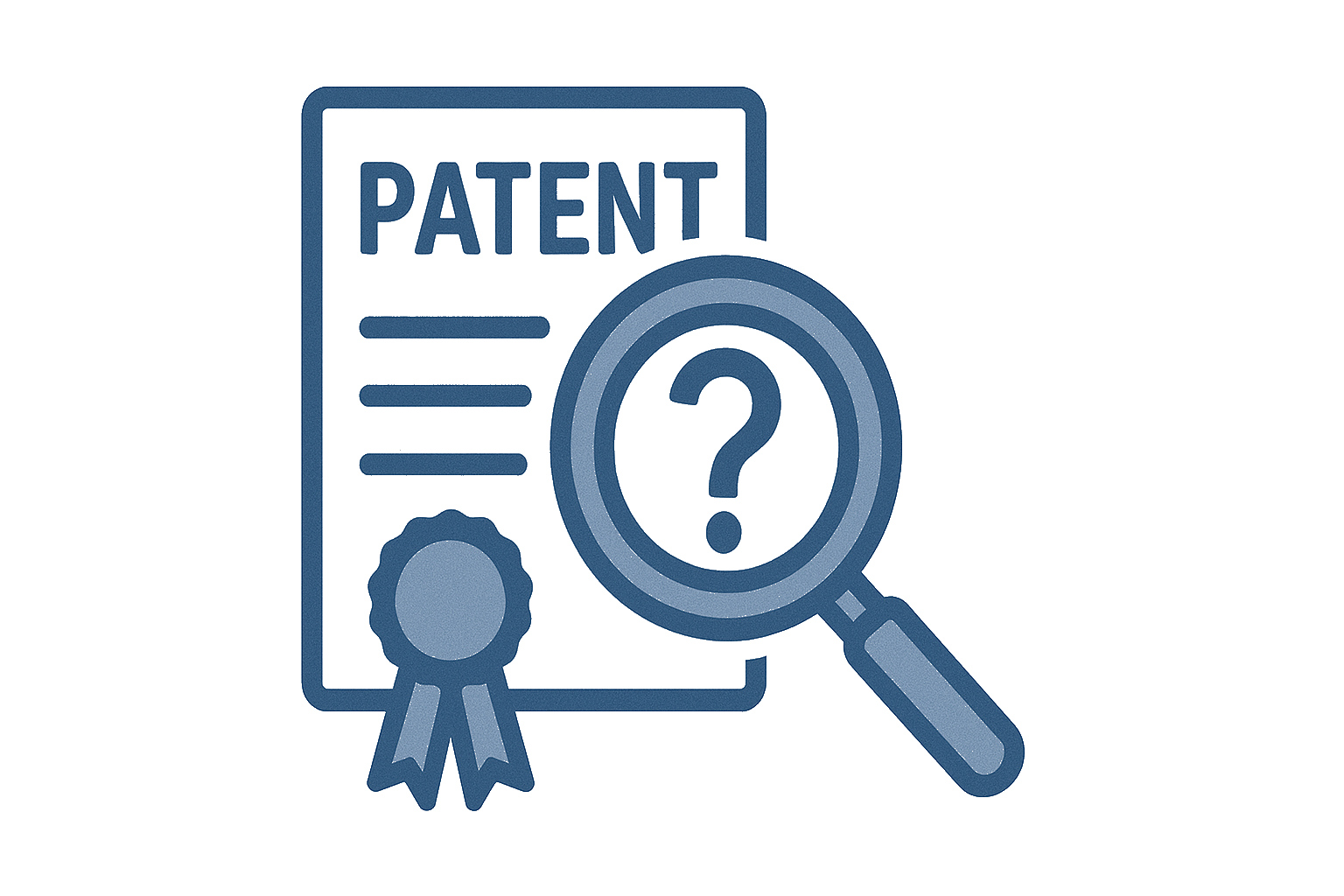📌 Quick Summary
1-Sentence Answer
Skipping a patent search might save you money upfront—but it could cost your entire invention later.
The Article Overview
This article explores the real-world financial and strategic trade-offs behind patent searches. We’ll unpack when and why to conduct one, how much they cost, what startups often misunderstand, and what history—and a few costly lawsuits—can teach you about skipping this vital step.
❓ Common Questions & Answers
Q1: Is a patent search required before filing?
No, it’s not legally required—but it’s highly recommended to avoid wasting money on an unpatentable idea.
Q2: How much does a professional patent search cost?
Most range between $1,000–$3,000 depending on complexity and technology.
Q3: Can I do my own patent search?
Yes, tools like Google Patents or the USPTO database allow self-searching, but results are rarely as thorough as a professional’s.
Q4: When’s the best time to do a patent search?
Before filing your provisional or nonprovisional patent application—ideally when your invention concept is fairly developed.
Q5: What if I skip the search?
You might file for an idea that’s already patented, wasting thousands on applications that will never be granted.

📜 Step-by-Step Guide
Step 1: Define Your Purpose
Are you validating an idea or checking your invention’s novelty? Your “why” determines the depth of your search.
Step 2: Start DIY
Use free databases like USPTO or Google Patents to understand your landscape before hiring anyone.
Step 3: Hire a Professional
A registered patent attorney or agent can perform a thorough prior art search and interpret results correctly.
Step 4: Analyze the Results
Don’t just look for identical inventions—look for similar concepts that could block your claims.
Step 5: File Strategically
If your invention still holds novelty, decide whether to file a provisional or nonprovisional patent next.
📖 Historical Context
Patent searches date back to the earliest patent systems in 15th-century Venice, where inventors manually reviewed guild records to ensure originality. By the 19th century, as industrialization exploded, inventors were already facing “prior art overload”—too many ideas to track manually.
The U.S. Patent Office began indexing patents by subject in 1836, but it wasn’t until the digital age that searching became truly accessible. Modern inventors now have access to global databases containing millions of records—yet surprisingly, many still skip this critical step.
Skipping a search used to mean a longer wait or a clerical rejection. Today, it can mean a six-figure lawsuit or a total loss of rights. The historical arc is clear: as invention becomes more crowded, ignorance becomes more expensive.
🏢 Business Competition Examples
-
Fitbit vs. Jawbone – A lack of early search clarity led to overlapping patents and years of litigation.
-
BlackBerry’s Messaging Patents – Early searches could have prevented costly infringement battles in the mobile era.
-
Dyson’s Vacuum Innovations – Dyson’s meticulous early searches allowed it to dominate and defend its patents globally.
-
Tesla’s Open-Source Patent Policy – Demonstrates the power of strategic search and selective filing to enable broader innovation.

💬 Discussion Section
Every inventor faces the same dilemma: spend money now to learn—or spend a lot more later to regret. Patent searches are like insurance for innovation. You can skip it, sure—but you’re gambling that no one, anywhere in the world, has ever thought of something remotely similar.
In practice, a professional patent search doesn’t just tell you what exists—it tells you where the opportunities are. It uncovers the “white space” in crowded industries, guiding inventors toward features or markets where they can differentiate.
Startups often treat patent searches as optional overhead. In reality, they’re a strategic asset. A $2,000 search could save $50,000 in wasted filings, $100,000 in legal fees, and years of product development. Moreover, investors routinely ask whether searches have been performed—because skipping one signals poor due diligence.
Internationally, the stakes are even higher. In the UK and EU, “freedom to operate” (FTO) searches are standard before launching products. In India and Australia, patent attorneys (solicitors, in local terms) emphasize early novelty assessments to avoid later invalidations.
Ultimately, skipping a patent search isn’t frugality—it’s false economy. The cost of not knowing is almost always higher than the cost of checking.
⚖️ The Debate
Side A: Search First, Always
Patent searches reduce risk, clarify novelty, and improve claim drafting. For serious inventors, it’s a non-negotiable investment that ensures strong, defensible filings.
Side B: File First, Figure It Out Later
Some inventors prefer to file a quick provisional to secure an early “patent pending” date, then conduct searches during the year that follows. It’s riskier but offers speed and early protection in fast-moving industries.
✅ Key Takeaways
-
A patent search is optional—but skipping it is expensive.
-
DIY searches are good starts, but professional ones are more reliable.
-
Early searches save startups thousands in wasted filings.
-
Investors and attorneys value documented search results.
-
“Search before you spend” is the golden rule of smart inventing.

⚠️ Potential Business Hazards
-
Filing for a non-novel invention → patent rejection.
-
Infringing existing patents unknowingly → litigation.
-
Misjudging your invention’s uniqueness → wasted R&D.
-
Relying solely on free searches → incomplete coverage.
❌ Myths & Misconceptions
-
“If I file first, I’m safe.” — Wrong; patents can still be denied for lack of novelty.
-
“Professional searches aren’t worth the cost.” — They usually save far more than they cost.
-
“I can just copy an old patent and modify it.” — That’s infringement, not innovation.
-
“Only big companies need searches.” — Startups need them most.
📚 Book & Podcast Recommendations
-
Patent It Yourself by David Pressman — https://www.nolo.com/products/patent-it-yourself-pat.html
-
The Inventor’s Bible by Ronald Louis Docie — https://www.amazon.com/Inventors-Bible-Protecting-Marketing-Invention/dp/1580088013
-
IP Fridays Podcast — https://www.ipfridays.com
-
Foundr Startup Podcast (Episode: “Protecting Your Idea Without Losing Your Shirt”) — https://foundr.com/podcast
⚖️ Legal Cases
-
Apple Inc. v. Samsung Electronics Co. — https://casetext.com/case/apple-inc-v-samsung-elecs-co-ltd — Iconic example of overlapping designs due to poor novelty delineation.
-
Graham v. John Deere Co. (1966) — https://supreme.justia.com/cases/federal/us/383/1/ — Landmark U.S. case defining patent obviousness.
-
Amazon.com v. Barnes & Noble (2001) — https://casetext.com/case/amazoncom-inc-v-barnes-noblecom-inc — Reinforced the importance of prior art awareness.
-
KSR International Co. v. Teleflex Inc. (2007) — https://supreme.justia.com/cases/federal/us/550/398/ — Highlighted the dangers of ignoring prior art combinations.
📣 Expert Invitation
If you’re a patent attorney, startup founder, or IP enthusiast with insights about patent searches, share your expertise with our team at InventiveUnicorn.com — we’d love to feature your perspective in a future article!

🔚 Wrap-Up Conclusion
A patent search is not a luxury—it’s a map. Without it, you’re navigating blind through the dense forest of prior art. Whether you’re an inventor in Boston, a startup in Bangalore, or a designer in London, the rule holds true: search before you spend.











